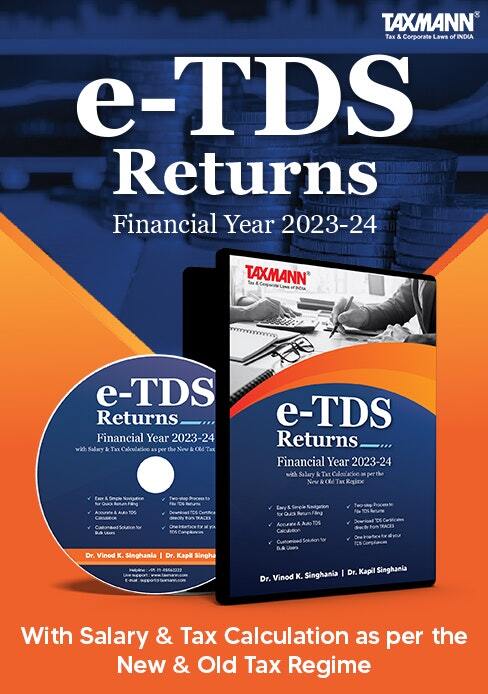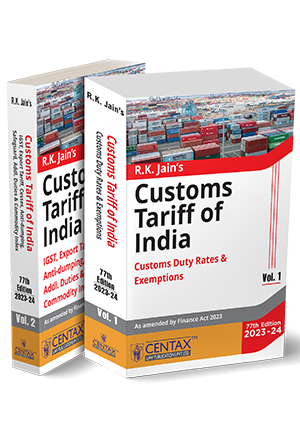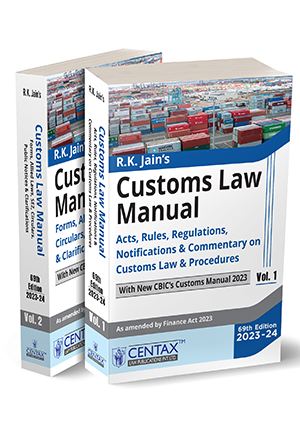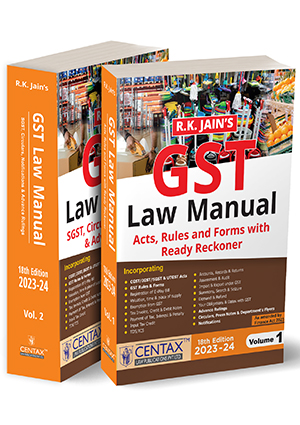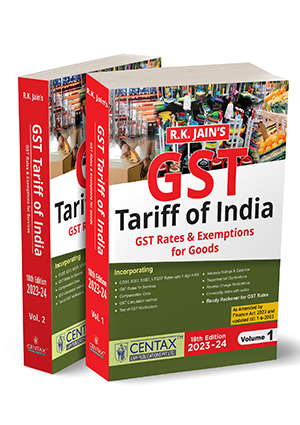[Illustrative List] Digital Information from External Source used in Audit of Profit & Loss
- Blog|News|Account & Audit|
- 2 Min Read
- By Taxmann
- |
- Last Updated on 14 March, 2023

Standards on Auditing (SAs) require an auditor to obtain sufficient appropriate audit evidence to be able to draw reasonable conclusions on which to base the auditor’s opinion. Audit evidence includes both information contained in the accounting records underlying the financial statements and information obtained from other sources such as information obtained from external sources. The emergence of new technology has enabled auditors to access a wider range of external information than before. This digital information can be incorporated into the audit process, and sometimes it can be compared and matched with internal evidence. An auditor may use digital information from external sources across various phases of the audit. A few examples of cases of how electronic/digital information from external sources can be used in audits for processes related to profit and loss are provided in this story.
I. Sales process – Cut-off testing
a. Background
Electronic Way Bill (E-Way Bill) is basically a compliance mechanism wherein by way of a digital interface the person causing the movement of goods uploads the relevant information prior to the commencement of movement of goods and generates e-way bill on the GST portal. To reconcile the revenue booked as per the records vis-à-vis the E-way bill register in order to test the revenue cut-off testing based on the terms of delivery.
b. Data Source: The following data sets are required
-
- E-way bill register (External evidence – from Government authorised site)
- Sales register with delivery dates and terms of delivery (Internal evidence – books of accounts)
c. Use Case
The auditor can take the E-way bill register and sales register with delivery terms and the date of delivery. This can be used to map the delivery terms and dates in the sales register with the dates in the E-way bill register to ensure that the revenue is recognised in the correct period.
d. Stage in audit: Execution – Completeness of revenue
e. Accounts & Assertions: Revenue – Cut-off
f. Links: https://ewaybill.nic.in/Login.aspx
This story discusses in a tabular format details containing Background, Data source, Use-case, Stage in audit, Accounts and assertions, and links for the following also.
II. Sales Analytics – Fertilizer & Chemicals Industry
III. Sales Analytics – Aviation Industry (Airport)
IV. Trading of industrial metals (Metals & Mining)
V. e-BRC and Bulk e-BRC details
VI. Payroll process – employee master data validation through provident fund portal using UAN number
VII. Benchmarking
Click Here To Read The Full Story
Disclaimer: The content/information published on the website is only for general information of the user and shall not be construed as legal advice. While the Taxmann has exercised reasonable efforts to ensure the veracity of information/content published, Taxmann shall be under no liability in any manner whatsoever for incorrect information, if any.
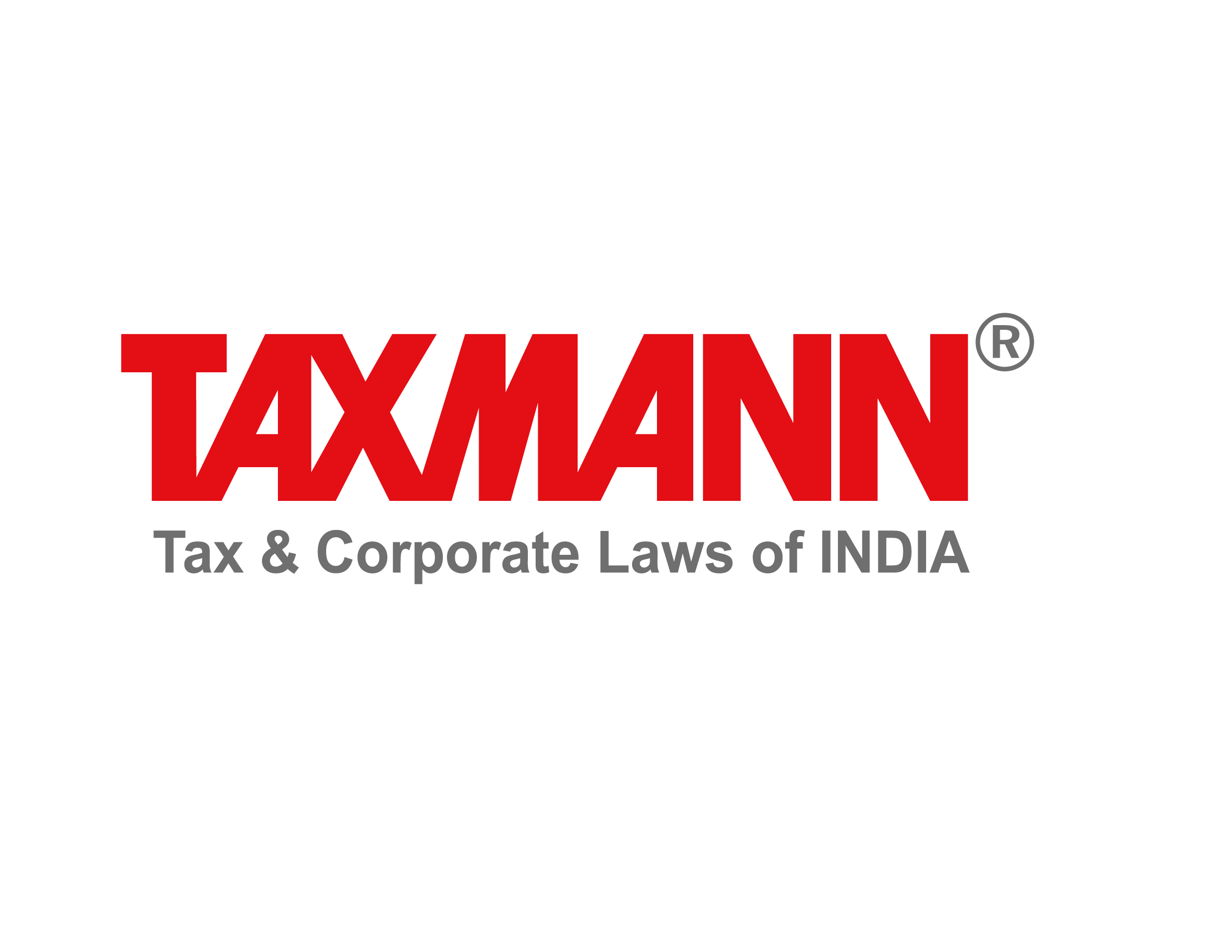
Taxmann Publications has a dedicated in-house Research & Editorial Team. This team consists of a team of Chartered Accountants, Company Secretaries, and Lawyers. This team works under the guidance and supervision of editor-in-chief Mr Rakesh Bhargava.
The Research and Editorial Team is responsible for developing reliable and accurate content for the readers. The team follows the six-sigma approach to achieve the benchmark of zero error in its publications and research platforms. The team ensures that the following publication guidelines are thoroughly followed while developing the content:
- The statutory material is obtained only from the authorized and reliable sources
- All the latest developments in the judicial and legislative fields are covered
- Prepare the analytical write-ups on current, controversial, and important issues to help the readers to understand the concept and its implications
- Every content published by Taxmann is complete, accurate and lucid
- All evidence-based statements are supported with proper reference to Section, Circular No., Notification No. or citations
- The golden rules of grammar, style and consistency are thoroughly followed
- Font and size that’s easy to read and remain consistent across all imprint and digital publications are applied
